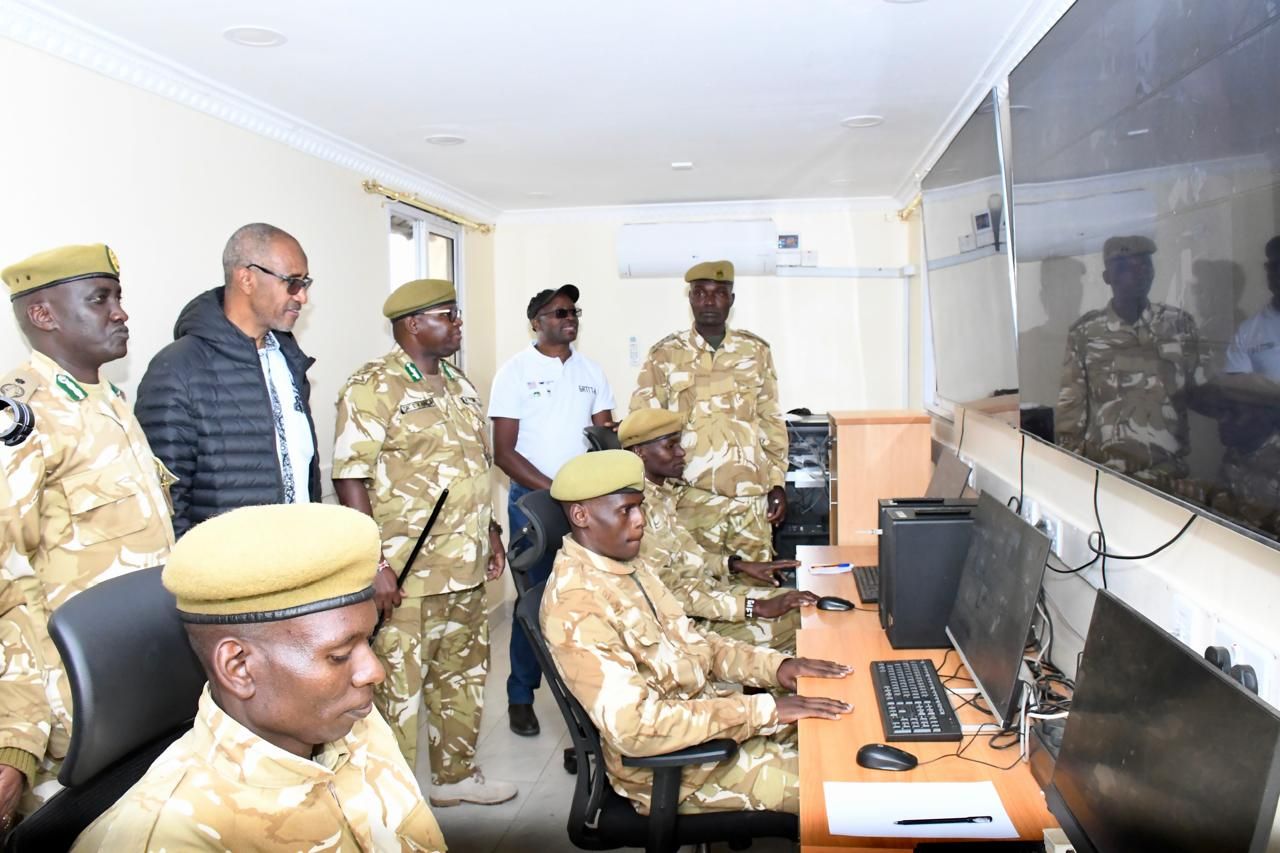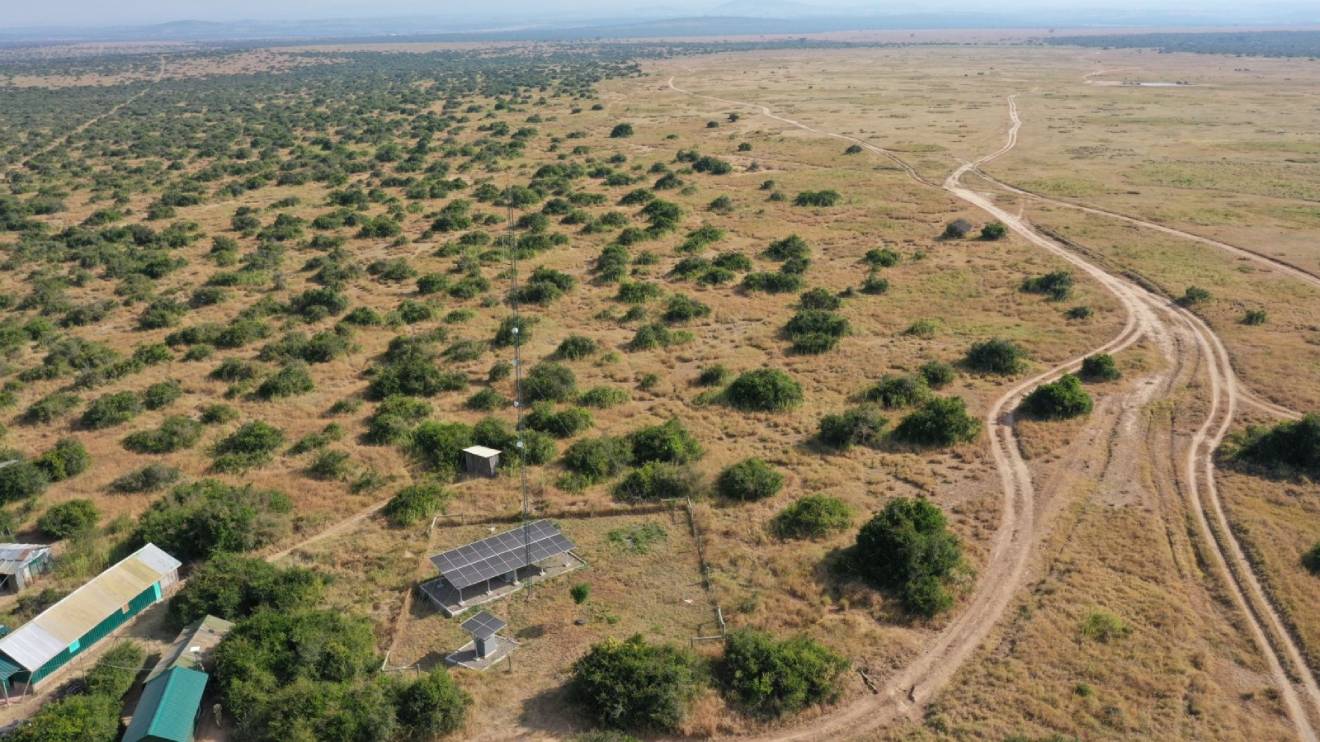A groundbreaking initiative has significantly boosted the protection of critically endangered black rhinos in Kenya.
The deployment of advanced Artificial Intelligence (AI)-enabled thermal cameras in three key sanctuaries has dramatically reduced response times to poaching incidents, ensuring the safety of both rhinos and rangers.
Supported by the US State Department, Kenya Wildlife Service (KWS), World Wide Fund for Nature (WWF), and Ol Pejeta Conservancy, the Forward Looking Infrared (FLIR) cameras utilize sophisticated analytics to detect and alert rangers of potential threats.
These cameras, equipped with AI algorithms, can automatically identify human intrusions, vehicles, or wildlife, providing rangers with real-time information to respond effectively.
Geoffrey Chege, Black Rhino Programme Officer at WWF-Kenya, highlighted this modern approach to safeguarding rhinos
Read More
"The artificial intelligence-enabled FLIR cameras have inbuilt analytics that send out automated alerts every time they detect an intrusion from humans, vehicles or wildlife. This is one of the ways of equipping rangers with modern technology so that they are able to protect rhinos," Chege stated.
The goal is to minimize disturbances, including those caused by poachers, according to Mohamed Awer, Chief Executive Officer of WWF-Kenya.
By combining innovative technology with the dedicated efforts of rangers, Kenya is making significant strides in safeguarding its black rhino population.
The FLIR cameras have been deployed at Solio Game Reserve, Lake Nakuru National Park, and Ol Pejeta Conservancy, bolstering security measures in these critical habitats.
Kenya has witnessed a remarkable doubling of its black rhino population since the 1980s, a testament to the successful conservation efforts and the positive impact of technology.
While rhino poaching has declined significantly in recent years, including a period of zero incidents in 2020, the threat remains persistent.
AI-powered cameras play a crucial role in deterring poachers and enabling rangers to respond swiftly to any potential threats.
Colby Loucks, Vice President of Wildlife Conservation at WWF-US, praised AI’s role in conservation.
"It is great that technology is always giving us new solutions, a new potential answer to all problems, and AI is one of those. All of our thermal cameras have AI and can tell you when a human is in the picture or an animal. And then it will send an alert to the rangers," Loucks said.
"The rangers know immediately, if there is something that needs to be checked on the camera, and it is all based on A.I.."

Kevin Carr-Hartley, Manager of Solio Game Reserve, emphasized the sanctuary's vital role in black rhino conservation.
As one of the most successful rhino sites in Kenya, Solio has provided founder populations for over 90 per cent of all rhino sites in the country.
Beyond protecting rhinos, the FLIR cameras also enhance the safety of rangers by providing crucial information about intruders' locations.
This reduces the time it takes to respond to alerts, minimizing risks to the rangers on the frontline.
Kevin Carr-Hartley, Manager of Solio Game Reserve, noted that “Rangers are the most important people, they are on the frontline and we have to give them the technology that potential poachers might have. We have to be better and keep improving the technology like the FLIR cameras.”
Dr. Erustus Kanga, Director General of Kenya Wildlife Service, announced that Meru National Park would be the next site to receive FLIR cameras as part of the state agency's ongoing efforts to expand black rhino sanctuaries.
Reflecting on the success of the conservation work, Kanga said, “I am aware that over the last six years, we have not lost a single rhino in this sanctuary. That speaks volumes,” celebrating the ongoing progress at Solio Game Reserve.
The 2022-2027 Recovery and Action Plan for the Black Rhino, launched last year, outlines Kenya's vision of reaching a population of 2,000 rhinos by 2037.
Previous action plans have been instrumental in halting the decline of black rhinos, stabilizing their population, and fostering growth.
The new plan focuses on expanding black rhino populations into new areas, building upon the impressive doubling of numbers from approximately 400 individuals in the 1980s to over 1,000 individuals in 2022.
As Kenya marked World Rhino Day on Sunday, the nation has much to celebrate in its ongoing battle to protect one of its most iconic species.












